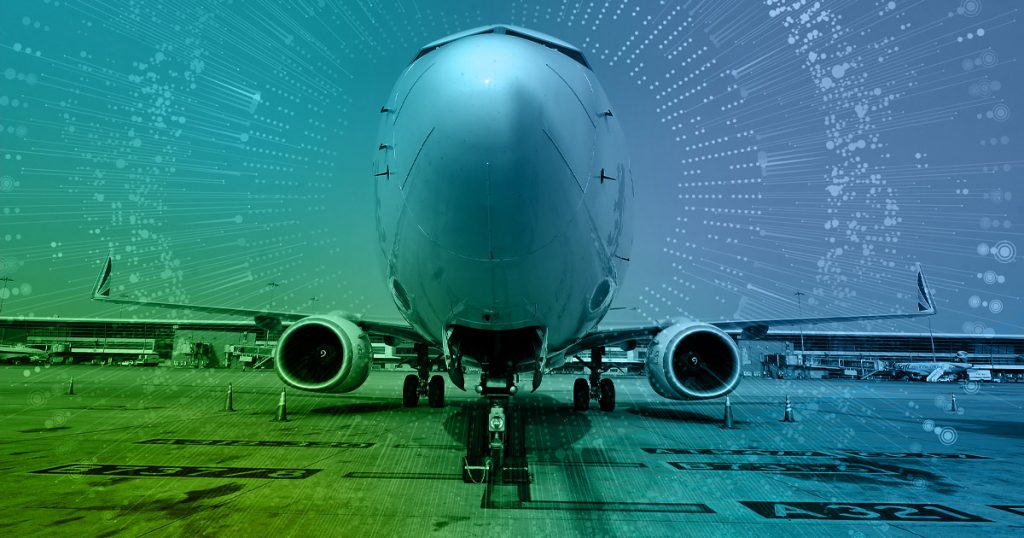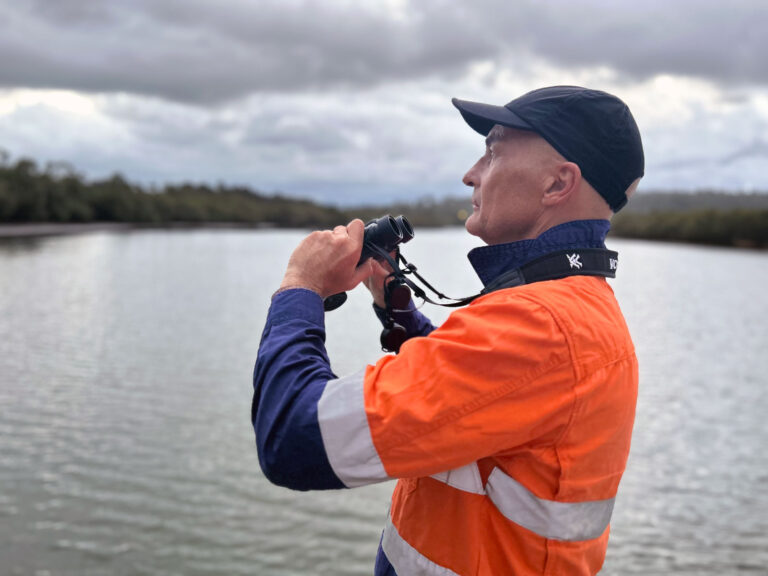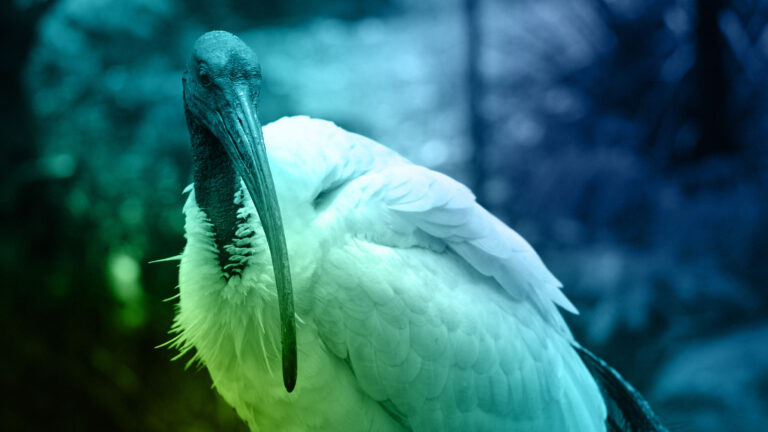Dr Richard Dolbeer feels vindicated by the January 2023 National Transportation Safety Board (NTSB) finding regarding the cause of a sensor malfunction which happened before the Boeing 737 Max crash shortly after take-off from Addis Ababa, Ethiopia, in March 2019.
According to the NTSB, the 737 Max’s erroneous left angle-of-attack (AOA) sensor reading was caused by impact with an object, most likely a bird.
Dolbeer is an internationally renowned wildlife biologist, who works with the US Department of Agriculture in the field of human-wildlife conflicts, particularly those involving aircraft. He now serves as a science adviser for the USDA Wildlife Services program.
He has been interested in the vulnerability of aircraft sensor equipment to bird strikes for some time and has undertaken detailed analysis of the US Federal Aviation Administration National Wildlife Strike Database that is managed by the USDA Wildlife Services program. (Around 2010, Dolbeer and Phil Shaw also initiated a worldwide serious accident database of wildlife strikes from 1912-present, which is freely available on the Avisure website.) The Ethiopian crash, he says, was a ‘real wake-up call. Given the increasing automation of aircraft systems, and the reliance of those systems on the data from a range of sensors such as the AOA vane, their vulnerability to bird strike is a grave concern.’ It was the impetus for him to examine the US database more closely.
Statistically, the forward-facing areas of aircraft: the radome/nose, the leading edge of the wings, and the engine cowling and inlets are the most common bird strike areas. Dolbeer went through all the records and cleaned the data. The National Wildlife Strike database does not have a category for sensors, Dolbeer explains; rather, the field is ‘Struck other’. Dolbeer analysed the 270,000 records of wildlife strikes (95 per cent of them birds) from 1990 to the present to select those records with ‘struck other’ entries.
He was able to isolate the terms ‘AOA vane’ and ‘pitot tubes’, and found 175 cases where AOA vanes were struck, 90 of them resulting in damage. This is likely to underrepresent the true figures because the form to be filled out when reporting strikes does not explicitly mention ‘sensors’. The figures were higher for pitot tubes, with 810 struck and 300 damaged, which potentially could result in the sensor giving false or inconsistent airspeed readings. (One of the contributing factors to the 2009 Air France accident in which all 228 on board died was the likely icing of the pitot tubes. This consequently gave inconsistent airspeed readings, and caused the autopilot to disconnect, ultimately resulting in the stalling and crashing of the aircraft into the Atlantic Ocean.)
The incidence of bird strike damage to sensors Dolbeer has identified reinforces several key issues.
Firstly, with the increasing reliance on highly complex automated systems, multiple redundancies are critical. Dolbeer finds the Ethiopian accident ‘perplexing. In 2019, why was the left AOA sensor, (the one which was damaged) the only one which controlled the MCAS (manoeuvring characteristics augmentation system)?’ (Boeing has since built in redundancies with the AOA sensors and MCAS.)
Not only are multiple redundancies critical, he says, ‘but we need to be continually assessing systems for vulnerability’.
This includes certification standards. Research in several countries around the world shows that the populations of large bird species (over 2.5 lbs or approximately 1.1 kg) are growing, with many of these populations also becomingly increasingly urbanised. In the US, Dolbeer cites the case of white pelicans, numbers of which have increased five-fold over the last 30 years, sandhill cranes, and Canada geese, which are becoming a resident species in many parts of North America. In Australia, this applies to species such as the white ibis and flying foxes, and in New Zealand, southern black-backed gulls. Adding to the challenge, many of these large birds are flocking species. As Flight 1549 (Miracle on the Hudson) showed, aircraft engines are not designed to ingest several large birds such as Canada geese.
Secondly, it reinforces the need for professional wildlife biologists to monitor and advise on coordinated management of wildlife on and around airports. The US database shows ‘625 different species of birds struck by aircraft, as well as 46 species of bats, 55 species of terrestrial mammals, and 30 species of reptiles’, Dolbeer says. ‘Each one of these has different characteristics, feeding habits, breeding behaviours—understanding and managing them is a complex undertaking.’
And finally, the importance of having a robust, properly maintained database for analysing the factors influencing wildlife strikes. This provides industry, and especially airports, Dolbeer says, with ‘accurate assessment of the species being struck. Was it on- or off airport? What time of day? What habitats need to be managed? What are the priority species being struck? What aircraft components are damaged by what size of bird?’ It all comes back to the old adage: ‘You can’t manage what you don’t know.’




